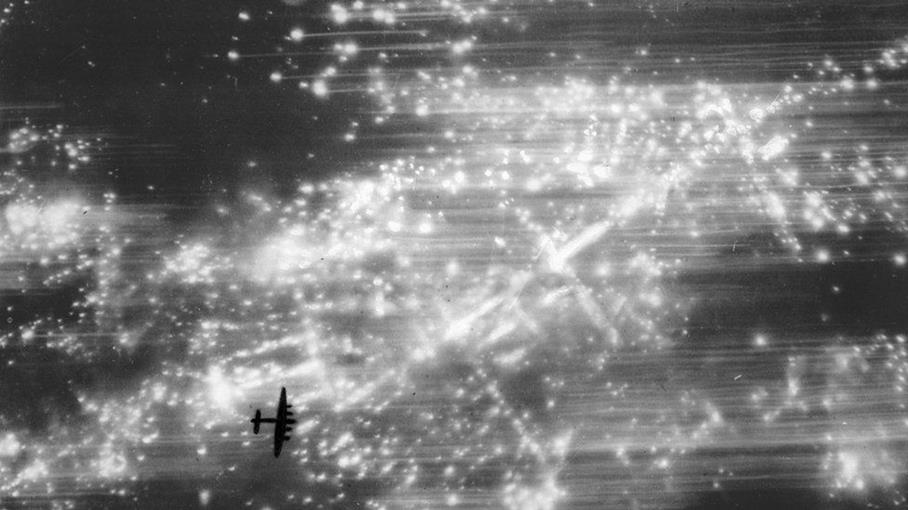The SC
ELITE MEMBER

- Joined
- Feb 13, 2012
- Messages
- 32,229
- Reaction score
- 21
- Country
- Location
When
Beginning the night of July 24 and continuing through August 3, 1943
Where Hamburg, Germany
Who Air Chief Marshal Arthur “Bomber” Harris, Royal Air Force Bomber Command, and Maj. Gen. Ira C. Eaker, U.S. Army Air Forces Eighth Air Force
Why One of the Third Reich’s largest cities, Hamburg was a major port and industrial center on the Elbe River, 70 miles inland from the North Sea. Its factories, shipyards, U-boat pens, oil refineries and depots were of first-class importance to the Nazi war effort. The bombing campaign was intended to inflict devastating blows to both German armaments production and the morale of German industrial workers. Harris believed a devastating attack on a symbolic target like Hamburg would push the Nazis into seeking a peace deal.
What Operation Gomorrah, named after the evil Biblical city that God destroyed, was a strategic aerial bombing campaign directed against the North German city of Hamburg. The aerial bombardment is sometimes referred to as the Battle of Hamburg. Conceived by British Prime Minister Winston Churchill and Air Chief Marshal Harris, Operation Gomorrah was the first coordinated, sustained bombing campaign between the RAF and the USAAF Eighth Air Force, with the RAF bombing by night and the Eighth Air Force conducing precision strikes by day. Approximate 3,000 aircraft were deployed and 9,000 tons of bombs dropped.
On the night of July 24, 740 RAF bombers descended on Hamburg. Led by radar target locating and marking de Havilland Mosquito medium bombers, the Avro Lancaster heavy bombers struck their targets and returned home with a loss of only 12 aircraft (1.5 percent of the force). The next afternoon 68 American B-17 Flying Fortresses struck Hamburg’s U-boat pens and shipyards. That was followed up by another daylight raid that destroyed the city’s power plant. At that point American raids ceased due to smoke settling over the city and obscuring the B-17 targets. The high point of the operation, if it could be called that, came on the night of July 27, when 739 RAF bombers created a 1,500-foot-high tornado of fire with 150 mph winds and temperatures of 1,500°F. The firestorm, which lasted three hours, caused coal, coke, and lumberyards to explode, asphalt streets to ignite, and fuel-soaked waters in the harbor and canals to burn. The majority of German deaths occurred as a result of fire crews being overwhelmed by the monster inferno.
Outcome Called the “Hiroshima of Germany” by British officials, Operation Gomorrah was at the time the heaviest assault in the history of aerial warfare. The air assault destroyed a significant percentage of Hamburg. Ten square miles of the city were reduced to rubble, over 214,350 dwellings out of 414,500 were destroyed, over one million residents were rendered homeless, and 40,000–50,000 civilians were killed, with another 37,000 wounded. The city’s labor force was reduced permanently by ten percent. The industrial losses were equally severe: 183 large factories and 4,118 smaller factories were put out of commission and Hamburg never recovered to full production. Losses to the city’s infrastructure were staggering: 90 percent of its gas works, 60 percent of its water system, and 75 percent of its electric works were destroyed. In the immediate wake of the raids, over two-thirds of Hamburg’s population, approximately 1.2 million people, fled the city. The raids severely shook the Nazi leadership, leading Hitler to be concerned that similar raids on other cities could force Germany out of the war. Albert Speer, Hitler’s chief of armaments production, warned Hitler that six more raids with similar levels of destruction could halt the Reich’s armament production. The crushing aerial punishment, coupled with the relatively small loss of aircraft, led Allied commanders to consider Operation Gomorrah a success. Even then, Hamburg continued to be hammered by air raids another 69 times before the end of the war. An American observer in 1946 said that the atomic bomb dropped on Nagasaki did not do as much fire damage as the extended airstrikes on Hamburg.
Silent German Film of Hamburg’s Devastation by Anglo-American Bombers During and After Operation Gomorrah, July–August 1943
https://ww2days.com/gomorrah-operation-july-august-1943.html


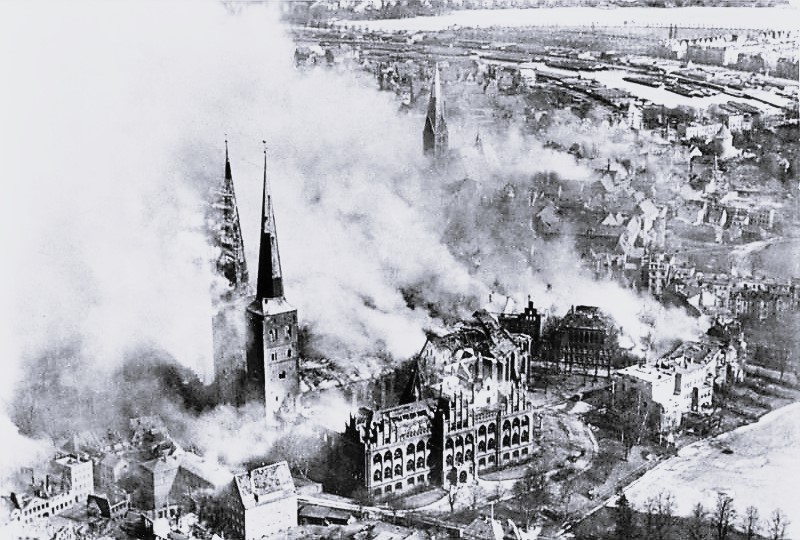

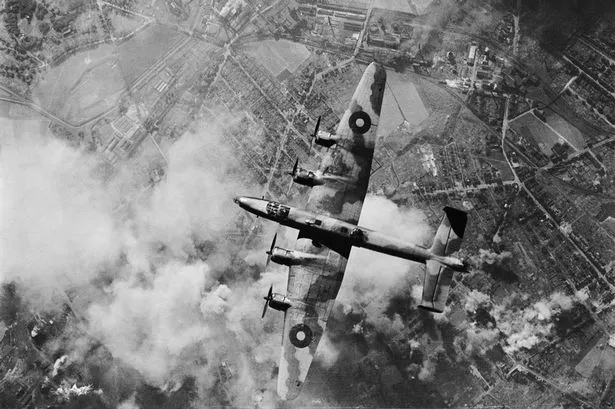

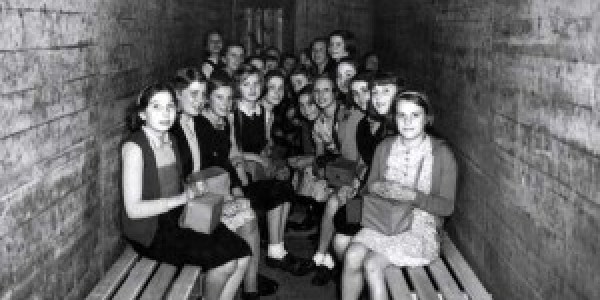
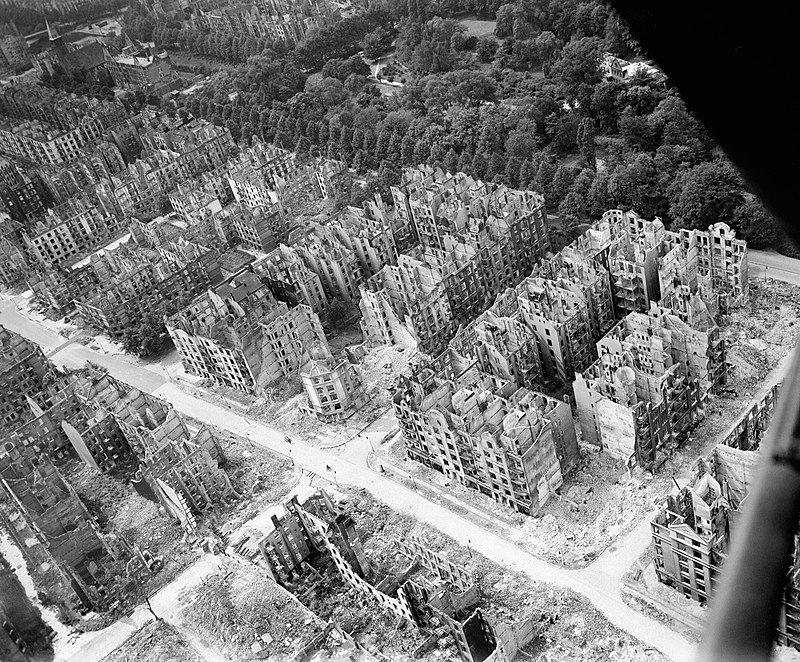
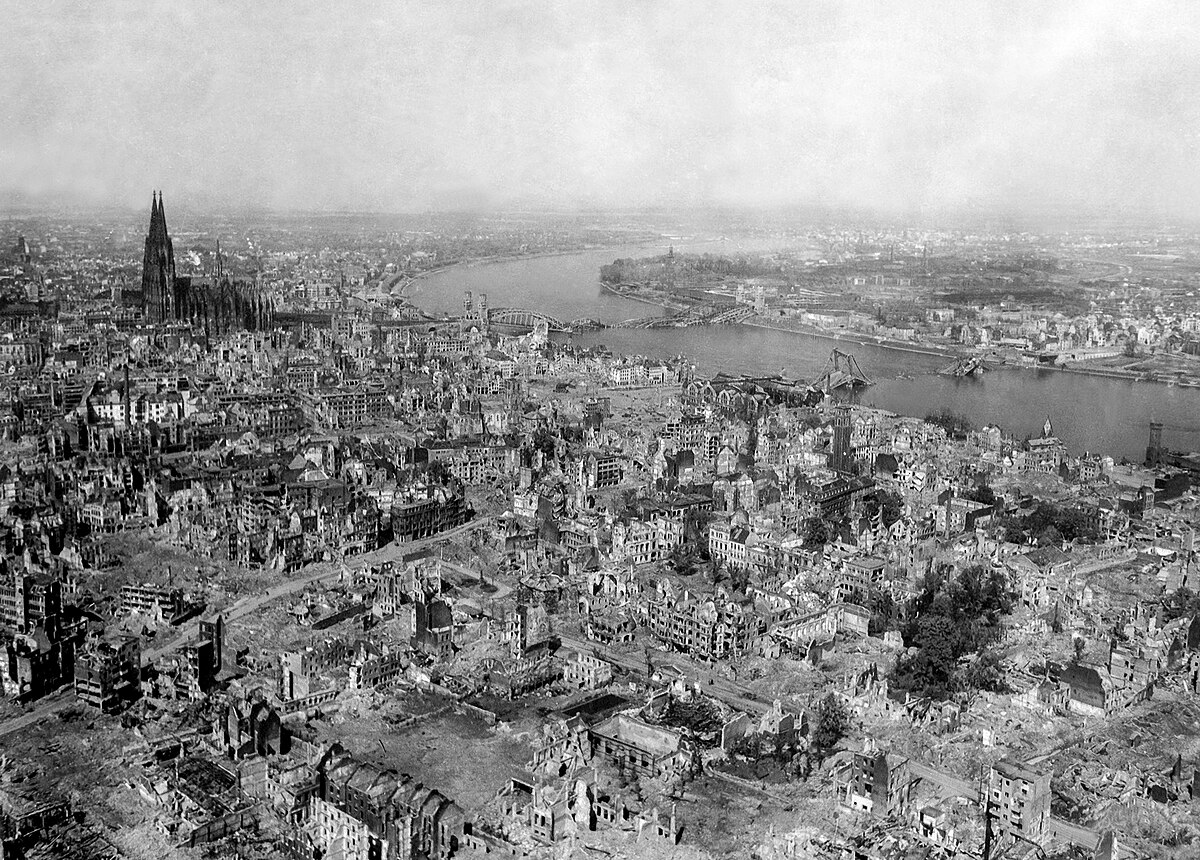
Beginning the night of July 24 and continuing through August 3, 1943
Where Hamburg, Germany
Who Air Chief Marshal Arthur “Bomber” Harris, Royal Air Force Bomber Command, and Maj. Gen. Ira C. Eaker, U.S. Army Air Forces Eighth Air Force
Why One of the Third Reich’s largest cities, Hamburg was a major port and industrial center on the Elbe River, 70 miles inland from the North Sea. Its factories, shipyards, U-boat pens, oil refineries and depots were of first-class importance to the Nazi war effort. The bombing campaign was intended to inflict devastating blows to both German armaments production and the morale of German industrial workers. Harris believed a devastating attack on a symbolic target like Hamburg would push the Nazis into seeking a peace deal.
What Operation Gomorrah, named after the evil Biblical city that God destroyed, was a strategic aerial bombing campaign directed against the North German city of Hamburg. The aerial bombardment is sometimes referred to as the Battle of Hamburg. Conceived by British Prime Minister Winston Churchill and Air Chief Marshal Harris, Operation Gomorrah was the first coordinated, sustained bombing campaign between the RAF and the USAAF Eighth Air Force, with the RAF bombing by night and the Eighth Air Force conducing precision strikes by day. Approximate 3,000 aircraft were deployed and 9,000 tons of bombs dropped.
On the night of July 24, 740 RAF bombers descended on Hamburg. Led by radar target locating and marking de Havilland Mosquito medium bombers, the Avro Lancaster heavy bombers struck their targets and returned home with a loss of only 12 aircraft (1.5 percent of the force). The next afternoon 68 American B-17 Flying Fortresses struck Hamburg’s U-boat pens and shipyards. That was followed up by another daylight raid that destroyed the city’s power plant. At that point American raids ceased due to smoke settling over the city and obscuring the B-17 targets. The high point of the operation, if it could be called that, came on the night of July 27, when 739 RAF bombers created a 1,500-foot-high tornado of fire with 150 mph winds and temperatures of 1,500°F. The firestorm, which lasted three hours, caused coal, coke, and lumberyards to explode, asphalt streets to ignite, and fuel-soaked waters in the harbor and canals to burn. The majority of German deaths occurred as a result of fire crews being overwhelmed by the monster inferno.
Outcome Called the “Hiroshima of Germany” by British officials, Operation Gomorrah was at the time the heaviest assault in the history of aerial warfare. The air assault destroyed a significant percentage of Hamburg. Ten square miles of the city were reduced to rubble, over 214,350 dwellings out of 414,500 were destroyed, over one million residents were rendered homeless, and 40,000–50,000 civilians were killed, with another 37,000 wounded. The city’s labor force was reduced permanently by ten percent. The industrial losses were equally severe: 183 large factories and 4,118 smaller factories were put out of commission and Hamburg never recovered to full production. Losses to the city’s infrastructure were staggering: 90 percent of its gas works, 60 percent of its water system, and 75 percent of its electric works were destroyed. In the immediate wake of the raids, over two-thirds of Hamburg’s population, approximately 1.2 million people, fled the city. The raids severely shook the Nazi leadership, leading Hitler to be concerned that similar raids on other cities could force Germany out of the war. Albert Speer, Hitler’s chief of armaments production, warned Hitler that six more raids with similar levels of destruction could halt the Reich’s armament production. The crushing aerial punishment, coupled with the relatively small loss of aircraft, led Allied commanders to consider Operation Gomorrah a success. Even then, Hamburg continued to be hammered by air raids another 69 times before the end of the war. An American observer in 1946 said that the atomic bomb dropped on Nagasaki did not do as much fire damage as the extended airstrikes on Hamburg.
Silent German Film of Hamburg’s Devastation by Anglo-American Bombers During and After Operation Gomorrah, July–August 1943
https://ww2days.com/gomorrah-operation-july-august-1943.html











